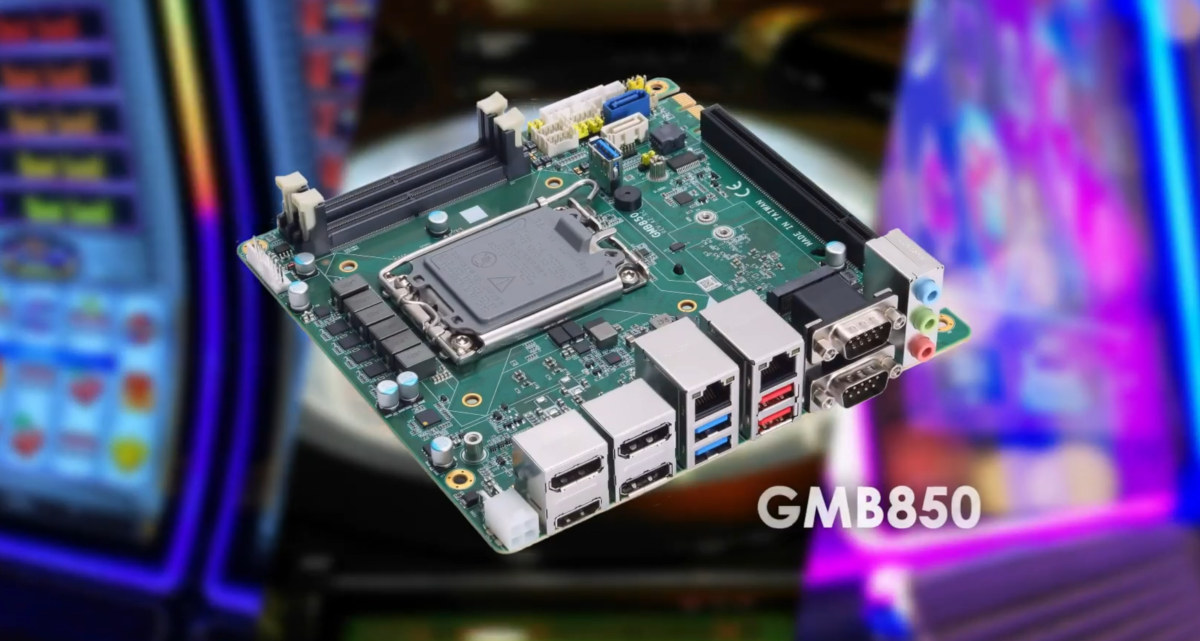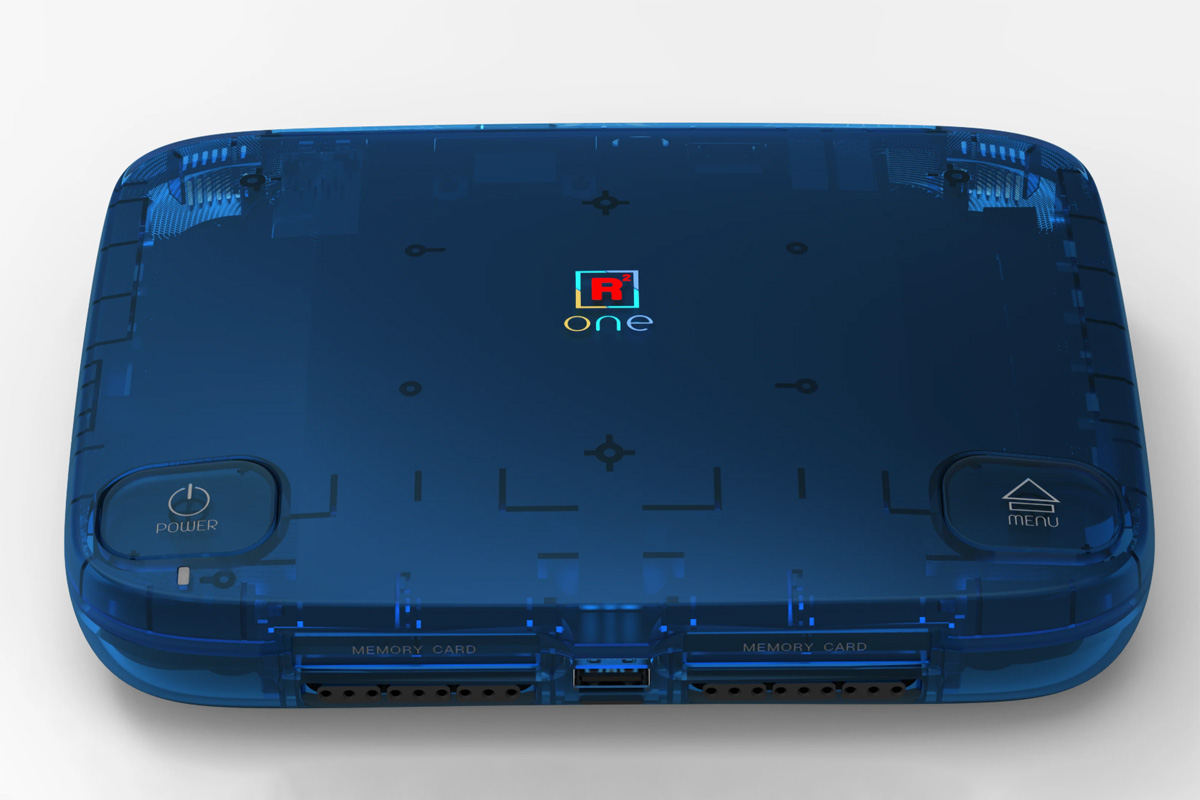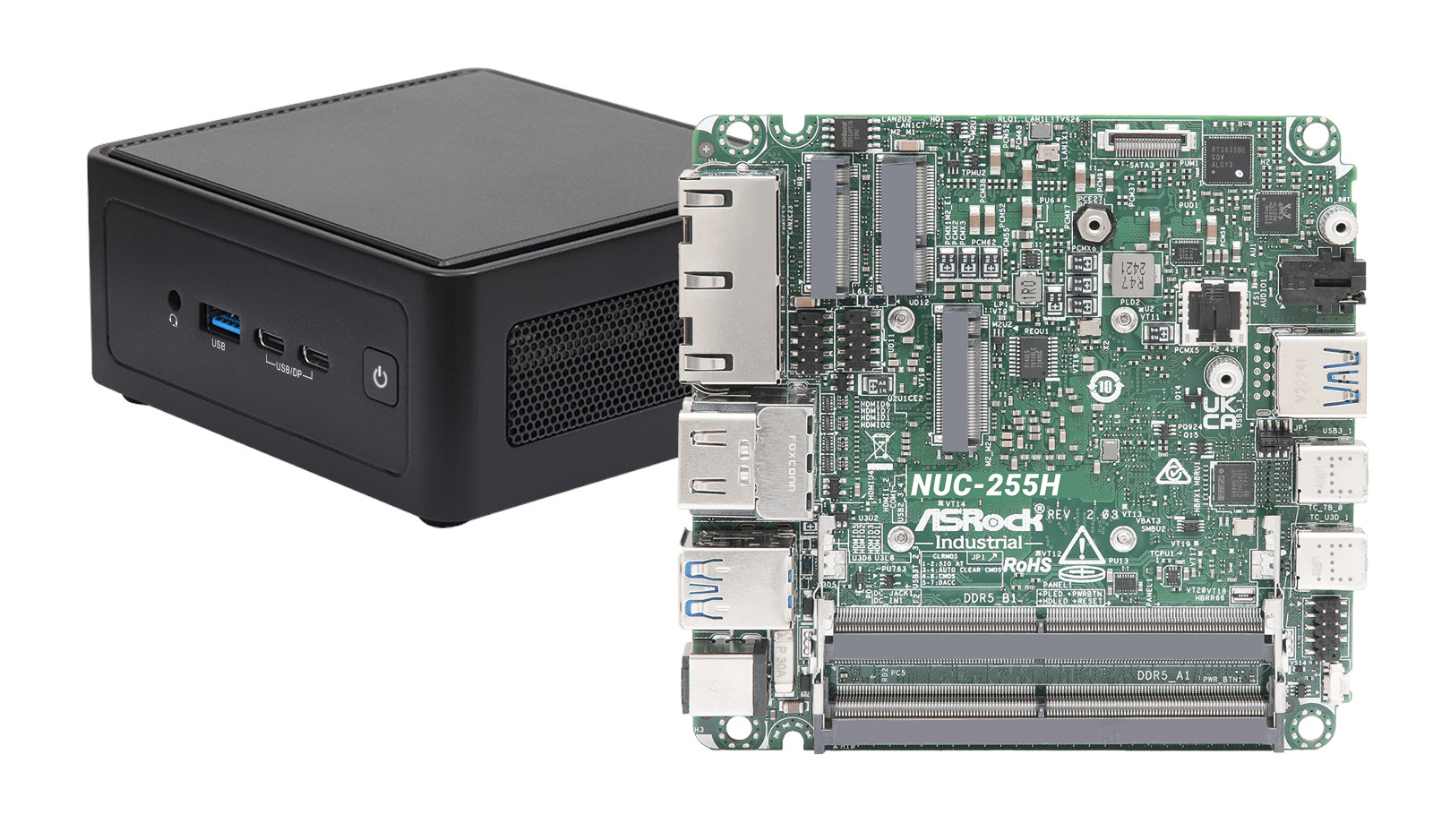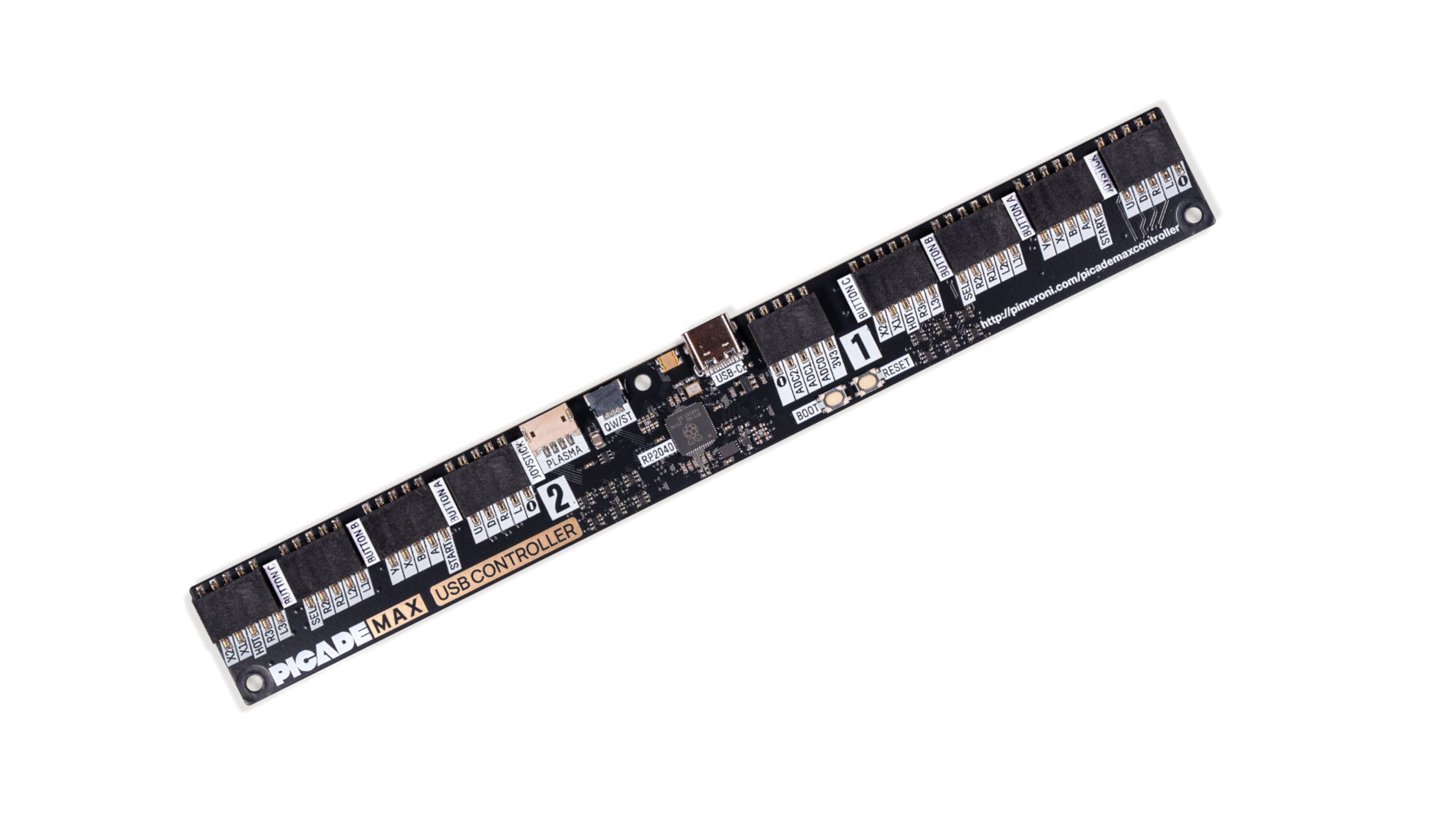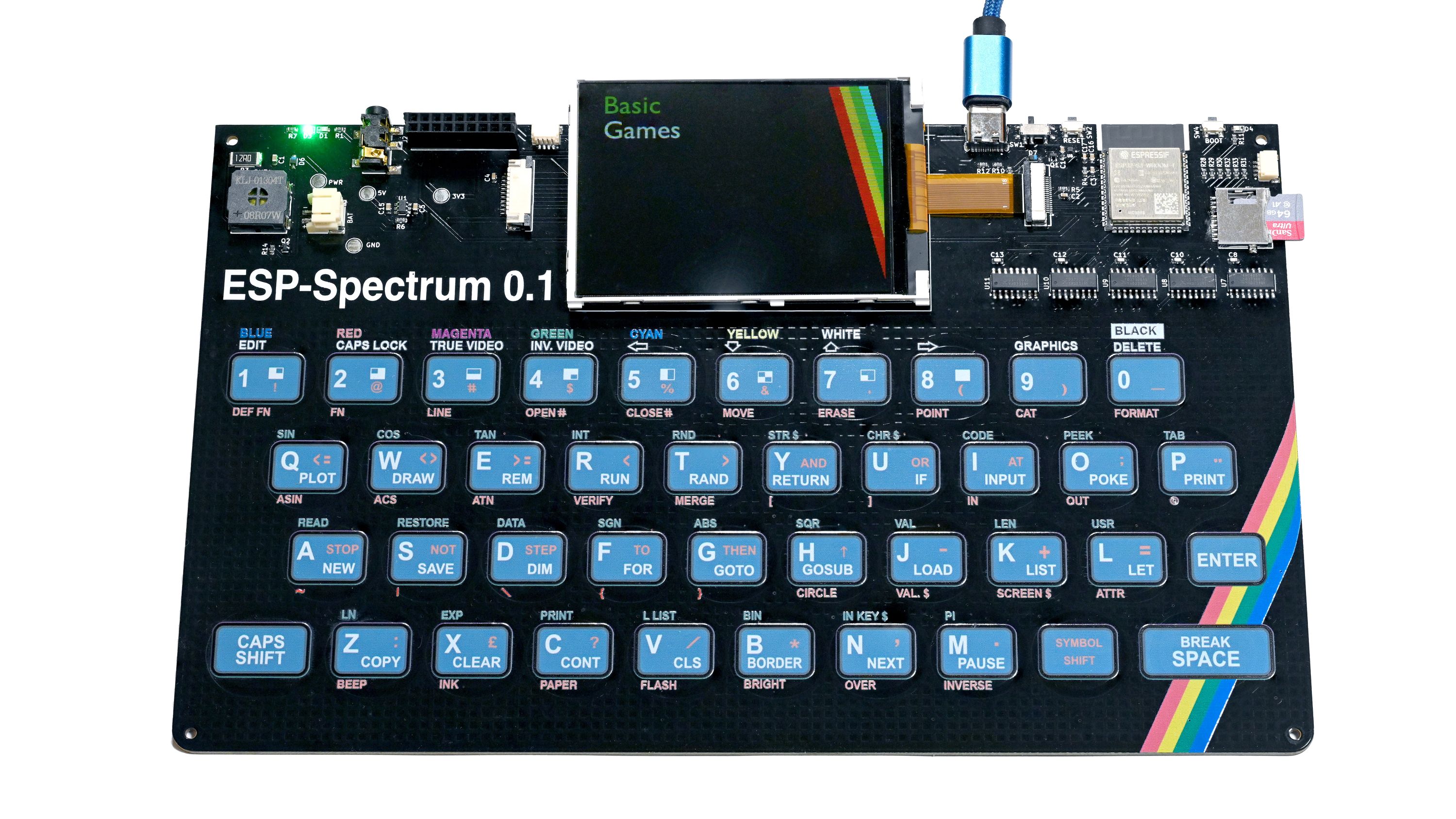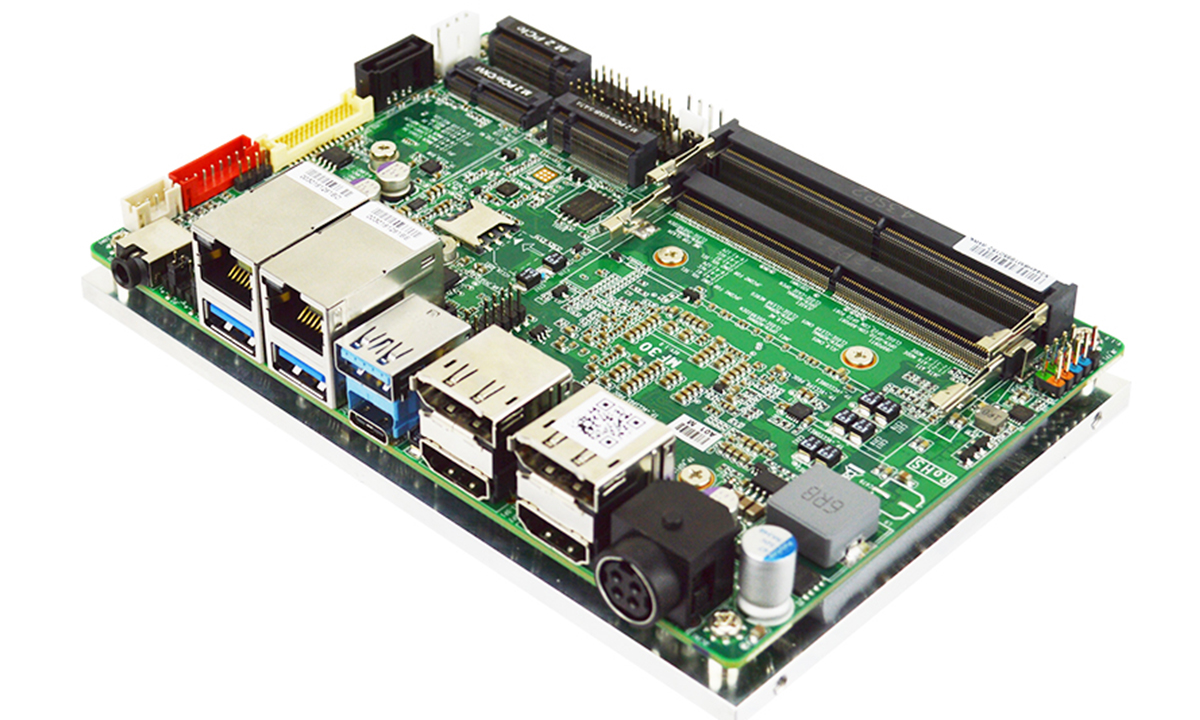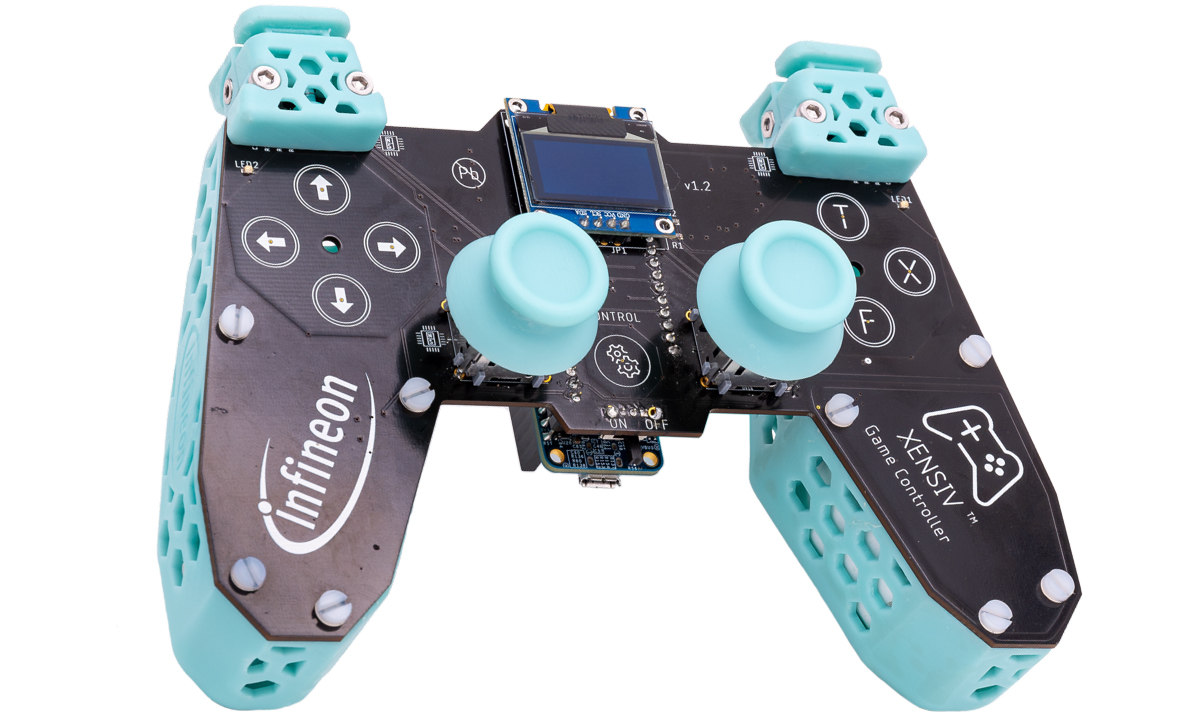Axiomtek GMB850 is a mini-ITX motherboard powered by up to 14th Gen Intel Raptor Lake-Refresh processors and designed for casino gaming machines requiring advanced features like gaming analytics, real-time player interaction systems, and dynamic content management. While mini-ITX motherboards may serve multiple markets, there’s a specific market for casino and arcade gaming often using AMD processors. We’ve previously covered such boards in the past with the AMD Ryzen Embedded V2000-powered Sapphire FS-FP6 or the AMD Ryzen Embedded V1000/R1000-based Axiomtek GMB140. Axiomtek Gaming’s GMB850 is a more powerful update with Intel Raptor Lake Refresh processors supporting up to four independent displays with up to 4K resolution and gaming I/O modules making it suitable for casino slot machines, electronic table games, and video walls. Axiomtek GMB850 specifications: SoC – LGA1700 socket for 12th/13th/14th Gen. Intel Core i9/i7/i5/i3/Pentium/Celeron “Alder Lake-S” or “Raptor Lake-S” processor System Memory – Up to 64GB DDR5 4800 MHz […]
SuperStationᵒⁿᵉ SoC FPGA-based retro gaming console supports MiSTer emulation platform, PlayStation controllers, CD Drive, and more
Gaming hardware manufacturer Retro Remake has recently launched the SuperStation ONE FPGA-based gaming console designed for retro gaming enthusiasts. The console is built around an Intel Cyclone V SoC FPGA and supports MiSTer FPGA core so users can replicate various retro platforms without modifications. The console has 128MB BGA SDRAM and uses a MicroSD Card and an M.2 SSD slot for storage. It features HDMI (up to 1536p/1440p), VGA, DIN10 for composite/RCA and component video output, along with 3.5mm analog and TOSLINK digital audio outputs. It also has built-in Wi-Fi, Bluetooth, Ethernet, and NFC integration supporting Zaparoo features. Other ports include dual PS1 SNAC ports for PlayStation controllers, three USB Type-A ports, an Ethernet port, and an IO expansion slot. The optional SuperDock adds a CD drive for PlayStation 1 discs, an M.2 SSD slot, and extra USB ports. SuperStation ONE specifications SoC FPGA – Intel/Altera Cyclone V SX (5CSXFC6D6F31I7N) […]
ASROCK Industrial launches NUC(S) Ultra 200 (Intel Arrow Lake-H) and 4X4 AI300 (AMD Ryzen 300 AI) motherboards and BOX PCs
Following new SoC announcements by Intel and AMD at CES 2025, ASRock Industrial has launched the NUC(S) Ultra 200 BOX Series and NUC Ultra 200 Motherboard Series powered by Intel Core Ultra 200H Arrow Lake-H processors with of to 99 TOPS of AI inferencing power, and the 4X4 BOX AI300 Series and 4X4 AI300 Motherboard Series based on AMD Ryzen AI 300 processors with up to 50 TOPS of NPU performance. ASROCK NUC(S) Ultra 200 BOX PCs & NUC ULTRA 200 motherboards NUC(S) Ultra 200 specifications: Arrow Lake-H/U SoC (one or the other) Intel Core Ultra 7 255H (6P+8E) processor up to 5.1 GHz with 24MB cache, Intel Arc 140T GPU (74 TOPS), and Intel AI Boost (13 TOPS); PBP: 28 Watts Intel Core Ultra 5 225H (4P+8E) processor up to 4.9 GHz with 18MB cache, Intel Arc 130T GPU (63 TOPS), and Intel AI Boost (13 TOPS); PBP: 28 […]
15 Euros Olimex RP2040pc Raspberry Pi RP2040 computer board supports Apple and Oric Atmos emulation
Olimex RP2040pc is an inexpensive “all-in-one” computer board based on a Raspberry Pi RP2040 MCU with support for Apple //e, Apple ][+, and Oric Atmos emulation through the Reload emulator. The board features an HDMI port, stereo audio, four USB ports, and two UEXT expansion connectors. It’s not quite the first RP2040 retrocomputing board from Olimex, as they introduced the RP2040-PICO-PC in 2021 with an HDMI port, a 3.5mm audio jack, and a microSD card slot before launching the Olimex NEO6502, which combines a MOS6502 MCU for Apple II, Oric, and Commodore 64 emulators with an RP2040 for HDMI/DVI video output and a few other things. The RP2040pc is similar to the latter, but with more ports and features, and everything is handled by the Raspberry Pi RP2040 microcontroller. Olimex RP2040pc specifications: Microcontroller – Raspberry Pi RP2040 dual-core Cortex-M0+ MCU @ 133 MHz with 264 KB SRAM Storage – 16MB […]
Picade Max USB Controller board supports two joysticks and up to 30 arcade buttons
Pimoroni Picade Max USB Controller is a Raspberry Pi RP2040 board designed for arcade game consoles with support for two joysticks and up to 30 buttons through standard DuPont socket connectors and one Plasma button connector. The board comes with a 2MB QSPI flash for the firmware, a USB-C port for power and programming, one of DuPont socket connectors exposes three ADC inputs, 3.3V, and GND, and there’s also a Qwicc/Qt STEMMA connector for I2C module expansion, plus BOOT and RESET buttons for programming. Picade Max USB Controller specifications: Microcontroller – Raspberry Pi RP2040 dual-core Arm Cortex M0+ MCU @ 133 MHz with 264kB of SRAM Storage – 2MB QSPI flash supporting XiP USB – 1x USB Type-C port for power and programming User inputs DuPont socket connectors 2x 4-way joystick inputs 30x arcade button inputs Plasma button connector Expansion Qw/ST (Qwiic/STEMMA QT) connector for I2C modules 3x ADC […]
ESP32 Rainbow is an open-source, ESP32-S3-powered ZX Spectrum single board computer (Crowdfunding)
Retrocomputing enthusiasts will be delighted to learn that a new ZX Spectrum replica is on the market: the ESP32 Rainbow. The single board computer swaps the Zilog Z80 for an ESP32-S3 microcontroller chip running an emulator, bringing the classic 80s computer back to life with a modern twist. It features a built-in color display, a microSD card slot for storage, a built-in touch keyboard in the ZX Spectrum style, and a USB Type-C port for power and data. The keyboard was recreated using full-color UV printing and is the most true-to-life component of the ESP32-S3-based ZX Spectrum single board computer. The touch keys won’t likely offer the best typing experience but that is reminiscent of the original ZX Spectrum. A lovely cherry on top is that the onboard USB-C port supports HID and the device can be used as a keyboard on another computer. The ZX Spectrum is one of […]
Jetway MF30 – A 3.5-inch SBC with 13th Gen Intel Core i5-1335U/1335UE Raptor Lake SoC, quad display support
The Jetway MF30 is a 3.5-inch subcompact board powered by 13th-generation Intel Core Raptor Lake-P U-series processors, including the Intel Core i5-1335U and Core i5-1335UE. Designed for embedded applications such as digital signage, control systems, gaming setups, and transportation hubs, the board supports versatile high-definition multi-screen configurations with two HDMI ports, two DisplayPorts, one Type-C DP, and one LVDS/eDP interface. For connectivity, the MF30 offers dual 2.5GbE ports, three USB 3.2 Gen2 ports, four USB 2.0 ports, and a USB Type-C port, while storage options include SATA III port and M.2 (2242/2280) sockets. Jetway is well known for its SBCs, and we’ve previously covered products like the JMTX-ADN8, JNUC-ADN1 mini-ITX motherboard, and JF35-ADN1 3.5-inch motherboard all powered by the Intel N97 CPU. Additionally, we’ve explored other SBCs and Mini PCs featuring 13th-gen Raptor Lake SoCs, including the iBASE IB961, GEEKOM GT13 Pro, Cincoze DV-1100, and LattePanda Sigma. If you’re interested […]
Infineon XENSIV game controller features PSoC 6 MCU, magnetic sensors, and OPTIGA Trust M security
Infineon Technologies XENSIV game controller is a reference design that integrates XENSIV magnetic position sensors for precise joystick control without sensor drift and XENSIV Hall switch triggers for reliable operation. The controller also features capacitive CAPSENSE buttons, CAPSENSE presence detection, and a SPIDER+ rumble driver. These components work together with the PSoC 6 BLE microcontroller to create a low-power, plug-and-play solution. The onboard display allows users to monitor joystick movements, connection status, configurations, and battery information. The controller connects to PCs or smartphones as a USB human interface device (HID) without requiring manual configuration or driver installation. It also supports Bluetooth Low Energy and uses capacitive presence detection to optimize battery life. The design includes a PSoC 6 debugger and supports customizable shields providing flexibility for software and hardware integration. Previously, we covered an Arduino Nano Matter-powered game controller that successfully ported Quake, a popular first-person shooter game. We’ve also […]


